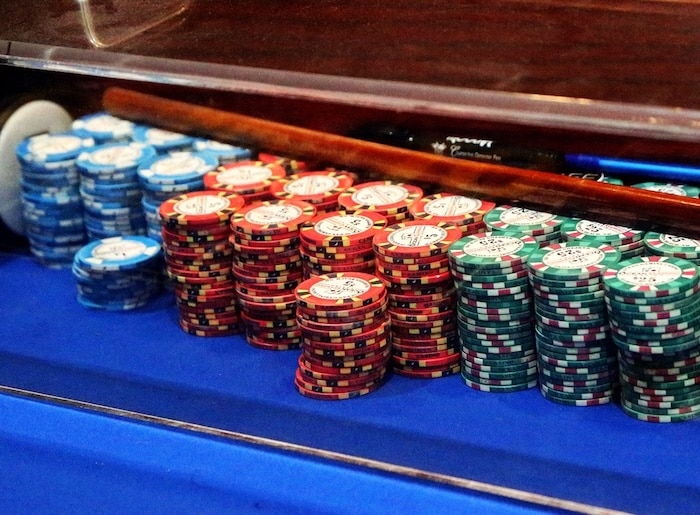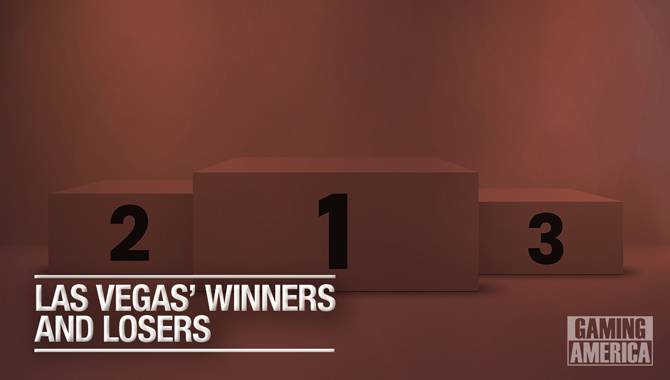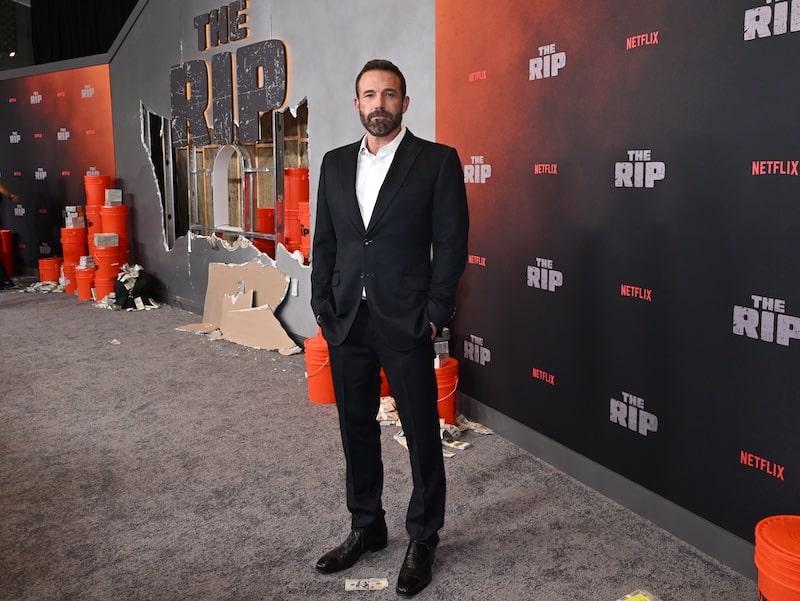
Las Vegas’ winners and losers

After a decade that has seen industry consolidation, bankruptcy, restructuring, new properties and a visitor demographic transition, not to mention domestic terrorism, a global pandemic and an economic crisis, the landscape in Las Vegas is remarkably robust. Indeed, one could argue that from a strategic perspective, there has been considerable success.
Loyalty Won
For those regular readers who are familiar with my thesis, strategic competitive advantage within casino resorts can be achieved in two ways: location and customer loyalty. Since beginning my research in 2011, it is clear that the decision to place customer loyalty at the center of decision-making has been the defining and most successful characteristic within strategic thinking over the past decade.
The headline outcomes in understanding customer loyalty are seen in Table 1. In 2011, 32% of Las Vegas’ visitors usually stayed in the same resort. This was 57% in 2021.
Table 1. Customer Loyalty
| 2011 | 2021 | |
| Generally Loyal | 32% | 57% |
| Generally Disloyal | 66% | 42% |
| Other | 2% | 1% |
With customers increasing their loyalty from a decade ago, the winners are amenity-heavy with a clear target focus. Throughout the market, systemic growth (and post-Covid gaming spend) has benefitted all and mitigated the potential downside to the losers.
What should be of concern is that customers are less inclined to “try something new” or move between properties in Las Vegas.
Respondent Lodging Behaviors (at least one stay 2011-2021)
The winners of capturing loyalty in the past decade, compared to the previous decade, are new properties Aria and Cosmopolitan (coming from a lower base) but also The Bellagio, Mandalay Bay and Wynn. The losers are The MGM Grand, TI, Venetian, Excalibur and Tropicana.
With loyalty established between many customers, this makes it significantly harder for new entrants to come to market. For those seeking entry, the “if you build it they will come” mantra belongs in the 1990s.
How did Las Vegas operators win the loyalty battle?
The key to this is understanding the drivers of loyalty and developing the appropriate management tools to make effective decisions.
In January 2011, MGM Resorts launched the MLife Player Club to compete with Caesars’ Total Rewards program.
Both clubs recently rebranded as MGM Rewards and Caesars Rewards, explicitly emphasizing the benefits element.
Table 2. Players Club Membership
| 2011 | 2021 | |
| Total / Caesars Rewards | 70% | 69% |
| Mlife / MGM Rewards | 68% | 84% |
| Wynn Rewards | 43% | 37% |
| Grazie / Venetian | 40% | 29% |
| None | 16% | 7% |
The value of having a players club is evident, even if they are now ubiquitous.
On the surface is the customer benefit. By accruing points with a particular operator, the customer is incentivized to focus his or her spend within that property or group, with appropriate and targeted rewards awarded based on spend. Historically, this gave Harrah’s/Caesars a competitive advantage until MGM Resorts aggregated its players club into a single card, thus eroding Caesars’ advantage. Spending outside the main operator implies a theoretical cost (potential loss of points) to the customer.
However, the real value within players clubs is in the data collected by the operators. To manage effectively, you need to measure accurately. The data obtained by players clubs allows almost real-time updates in customer behavior, allowing for the more effective management of resources.
Historically, managing casinos was an intuitive discipline, with expert managers offering insights based on experience, observed knowledge and a degree of intuition. By collecting data, this process became structured, with data scientists emerging as prized assets within the decision-making chain.
As we note, a decade ago, Caesars led the way; however, MGM Resorts has surpassed Caesars in the number of visitors to hold its cards. Furthermore, 77% of those holding MGM Rewards cards also hold Caesars Rewards cards, but 92% of Caesars Rewards members hold MGM Rewards, proving the success of MGM Resorts’ investment in challenging Caesars’ competitive advantage in information. Commanding customer loyalty via transactional methods, and applying the data collected to enable management decisions, is of great value. Once collected and analyzed, resort operators make decisions from this data, investing in amenities based on customer profiles.
Only 7% of Las Vegas visitors are not members of a players club (down from 14% in 2011) implying that 93% of visitors are being targeted with offers to stay.
Despite theoretically being focused on customers within the database, the effective practice of multiple casino operators repeatedly targeting the same customers with discounted packages was a method to drive competitive advantage; but today, with customers being multiple card holders, direct marketing has reduced effectiveness and, with rising postage costs, is a practice done at increasing cost with diminishing results.
New Loyalty Drivers?
Our research shows that transactional loyalty, which was once dominant, is only part of the marketing mix; and there are equally important findings in what drives the customer decision-making process going forward.
Table 3. Customer Decision-Making
Which of these are important to you when selecting a resort for your Las Vegas trip?
| Resorts Experience and Offering | 72.19% |
| Location | 65.09% |
| Loyalty Program / Level of Comp | 61.24% |
| Guestrooms | 55.33% |
| Previous Experience | 52.37% |
| Prices | 51.18% |
| Design and ambiance | 48.86% |
| Pool | 34.32% |
| Range of Food and Bevarage | 32.54% |
| Resort Appearance | 32.54% |
| Friendliness of Staff | 26.92% |
| Property History and Reputation | 24.56% |
| Range of Amenities | 19.53% |
Table 3 shows the aggregated decision-making behaviors of Las Vegas visitors. Although there is variance between the customer segments, there is near agreement that the resort experience and offering is the primary rationale for which property to choose when coming to Las Vegas.
Experience The Cliché
If I had a dollar each time an executive commented that Las Vegas was all about “the experience” I would be a wealthy guy; but the truth is, Las Vegas’ success isn’t just about the experience, it’s about the range of experiences.
Table 4. Which of these statements best reflects your feelings when staying in a Las Vegas Resort
| I get a range of experiences in Las Vegas that I cannot get in my hometown | 35.91% |
| I feel good being in Las Vegas | 28.49% |
| I don’t think Las Vegas is as good value as it used to be | 16.62% |
| I get treated well because I am a good casino customer | 9.79% |
| The property I select has everything that I need | 5.04% |
| I don’t get treated well as I am not a big gambler | 2.37% |
| I feel that I am in a place with people like me | 1.78% |
What this research shows us is that the range of experiences attracts customers. If delivered strategically and holistically, those experiences make customers feel good; and if customers feel good, they will want to repeat those experiences.
No points, no discounts, no transactions. Perhaps even a price premium. That is real loyalty.
The question, therefore, is how is it done? We can deconstruct the experience delivery into several elements.
One of the notable trends over the past decade is the centralization of operations as part of the wider strategic initiatives and programing. This has led to a further codification of operations, with pros and cons. However, efforts have been made to create efficiencies in operations that lead to a more fluid and consistent customer experience.
Many resorts now offer alternatives to the long check-in-and-out lines, with improved mobile and digital elements. For some customers this is an anathema to the hospitality experience, but for others
– especially business and frequent travelers
– this is a welcome use of technology.
The ability to capture customer data has allowed operators to understand the customer and invest in functional elements that meet customer needs, whether this is a choice of restaurants, bars, slot games or room amenities. Across all aspects of the business, a positive outcome of analytics has been to eliminate risk and improve functionality of the experience.
However, that experience is difficult to communicate, hence the use of selected brands and endorsements to align with the targeted customer profile.
The business problem is condensed into an 8-ounce fillet by longtime observer John Curtas, in his “High Stakes in Vegas” commentary on steakhouses.
An example in the variance of management decision-making can be seen by those operating 55-year old Caesars Palace and the newest Strip addition, Resorts World.
Caesars, with more than 20 years of detailed data analytics into customer behavior, insights and knowledge, identified that established New York brand “Peter Luger Steakhouse” would best align with its customers. Resorts World, making early steps with a new property, with a nascent understanding of who its customer is, selected newly formed operator Carver Road Hospitality to open Carversteak, its first restaurant. Undoubtedly, both are formidable additions to the culinary landscape, with different customers in mind.
Further accepting Curtis’ observations that neither the product (nor even the experience) is significantly differentiated, it falls to the brand, design and aesthetic to make the difference.
Considering that each of these restaurants is a multi-million-dollar investment, each has a dual role; to be profitable and to act as a marketing tool to bring people to the property. Each has a different customer seeking a certain experience, if not a different product.
And that is what the past 10 years tells us in a couple of steakhouses; the transactional loyalty battle is over. Players clubs, although important, are no longer a driver of competitive advantage, but remain a valuable tool in management decision-making. It falls on how skilled management is in using this data that will drive competitive advantage.
The critical observation is: in order to drive competitive advantage through loyalty, resorts need to know who their customer is, identify what their needs are and meet those needs better than their competitors.
This research highlights the successes of the past decade, but within, there also contains a warning. Several casino resorts that featured in the 2011 research are no longer in existence in 2021. Several more will not make it to 2031, unless they reassess the strategic element of their business.
Tags/Keywords
Players trust our reporting due to our commitment to unbiased and professional evaluations of the iGaming sector. We track hundreds of platforms and industry updates daily to ensure our news feed and leaderboards reflect the most recent market shifts. With nearly two decades of experience within iGaming, our team provides a wealth of expert knowledge. This long-standing expertise enables us to deliver thorough, reliable news and guidance to our readers.






